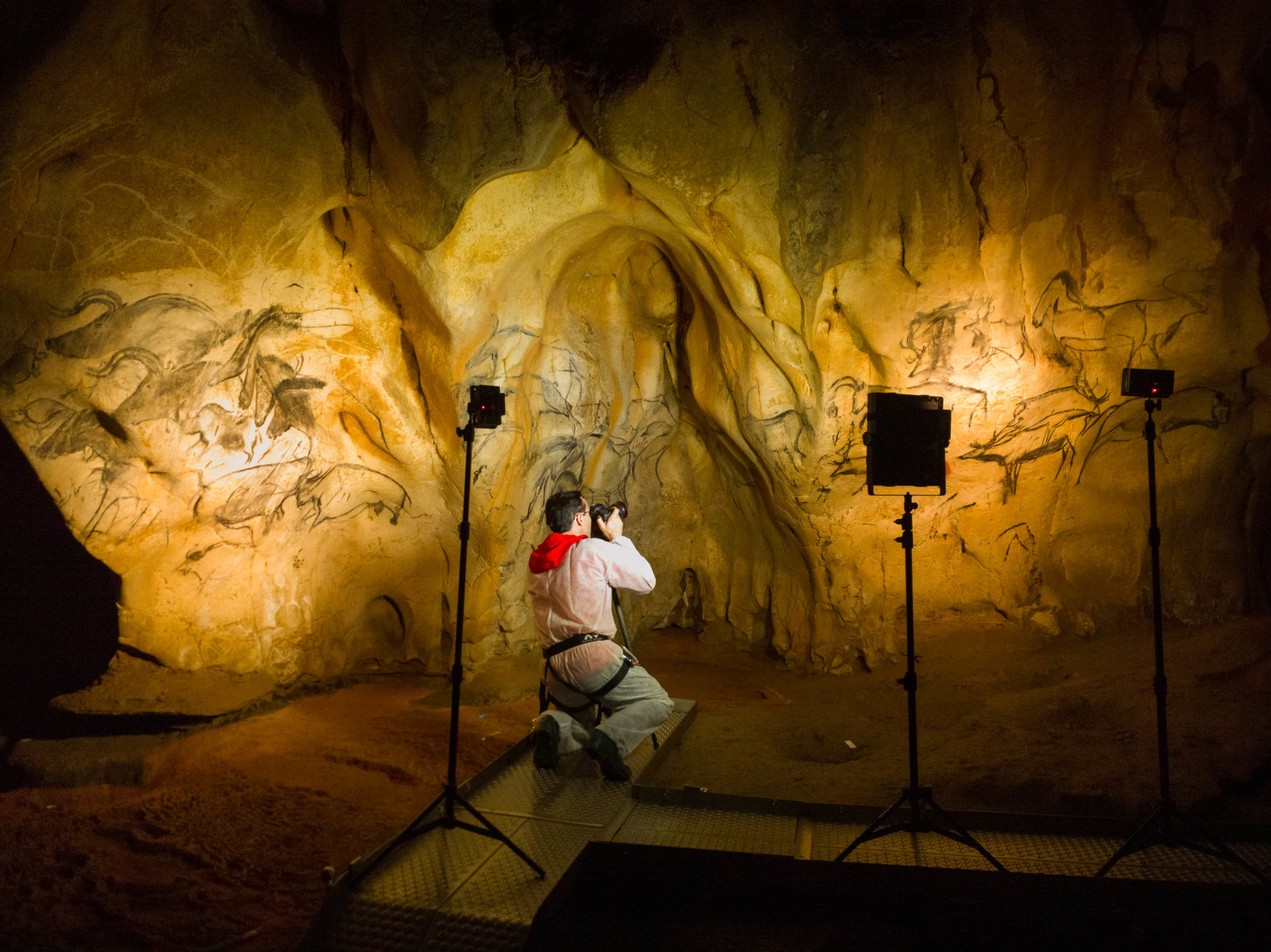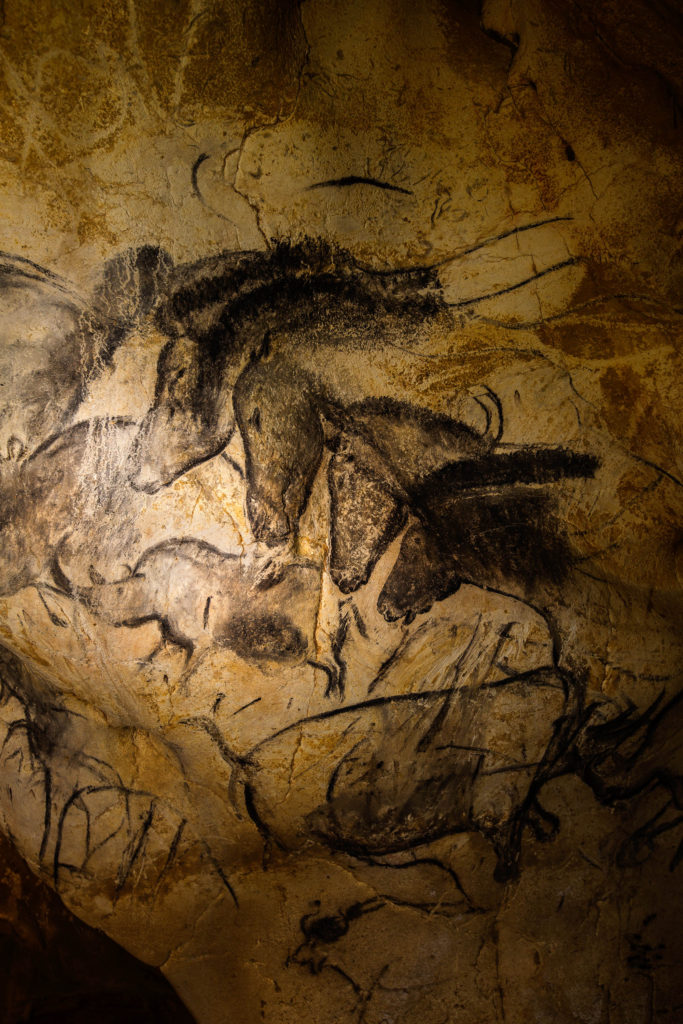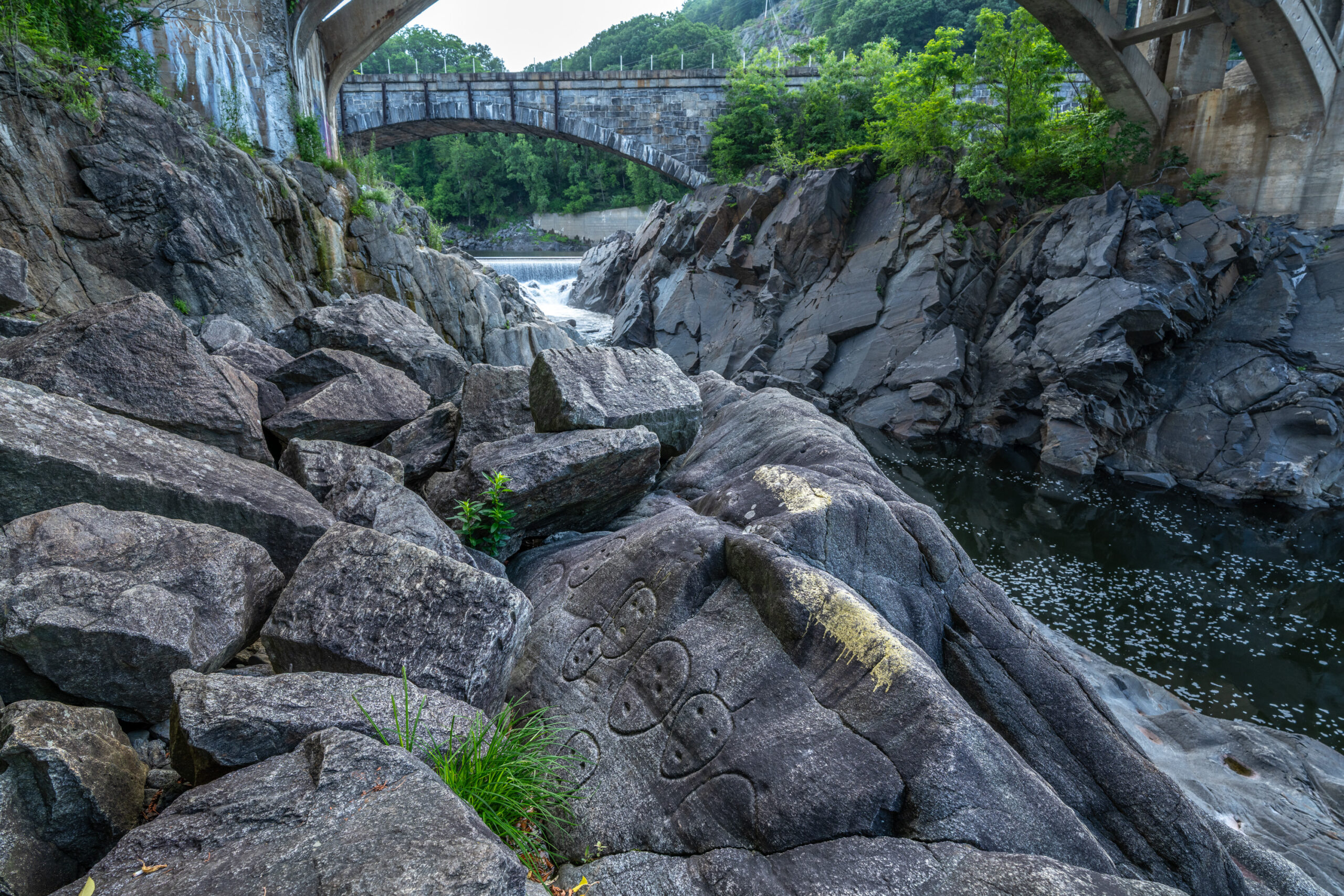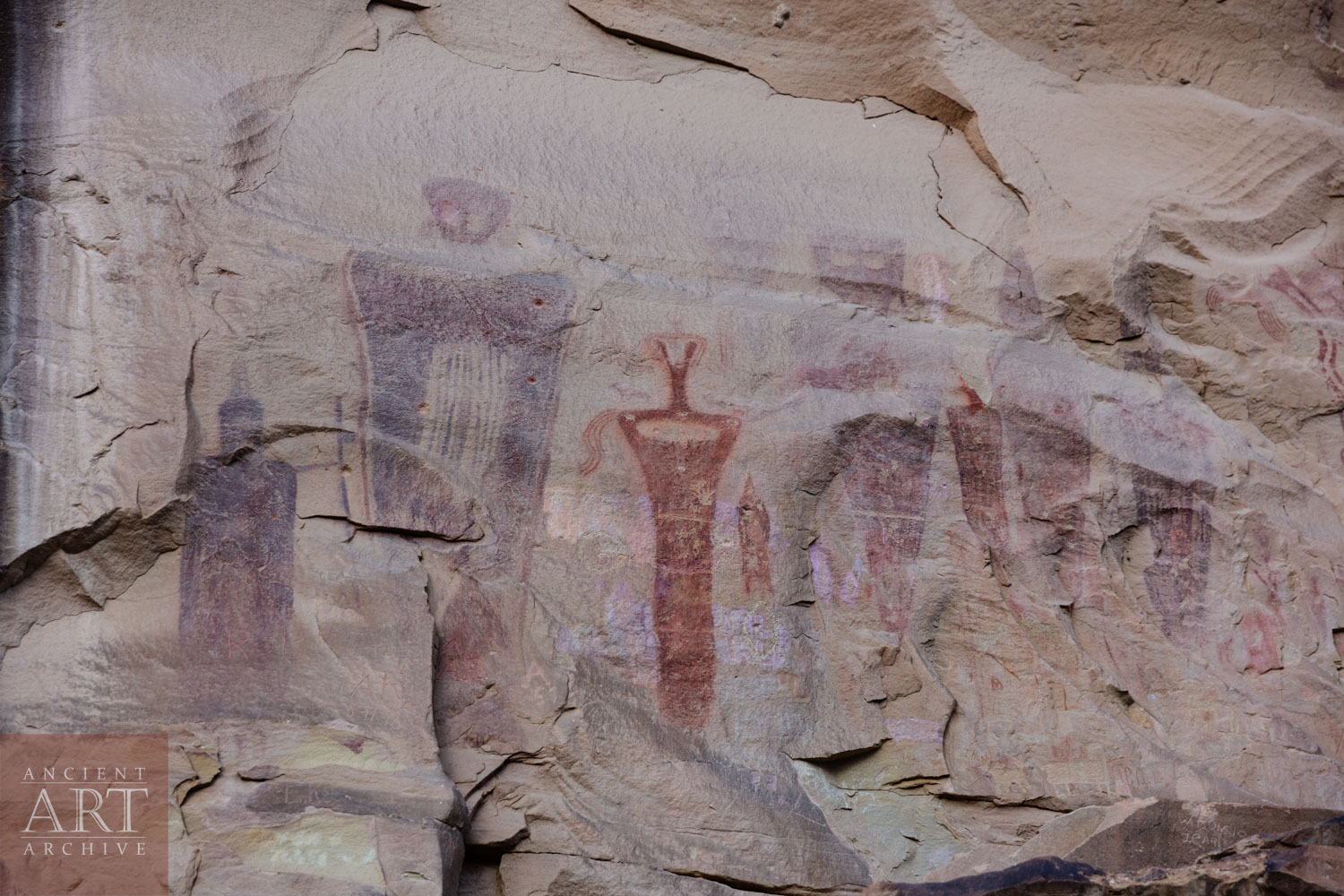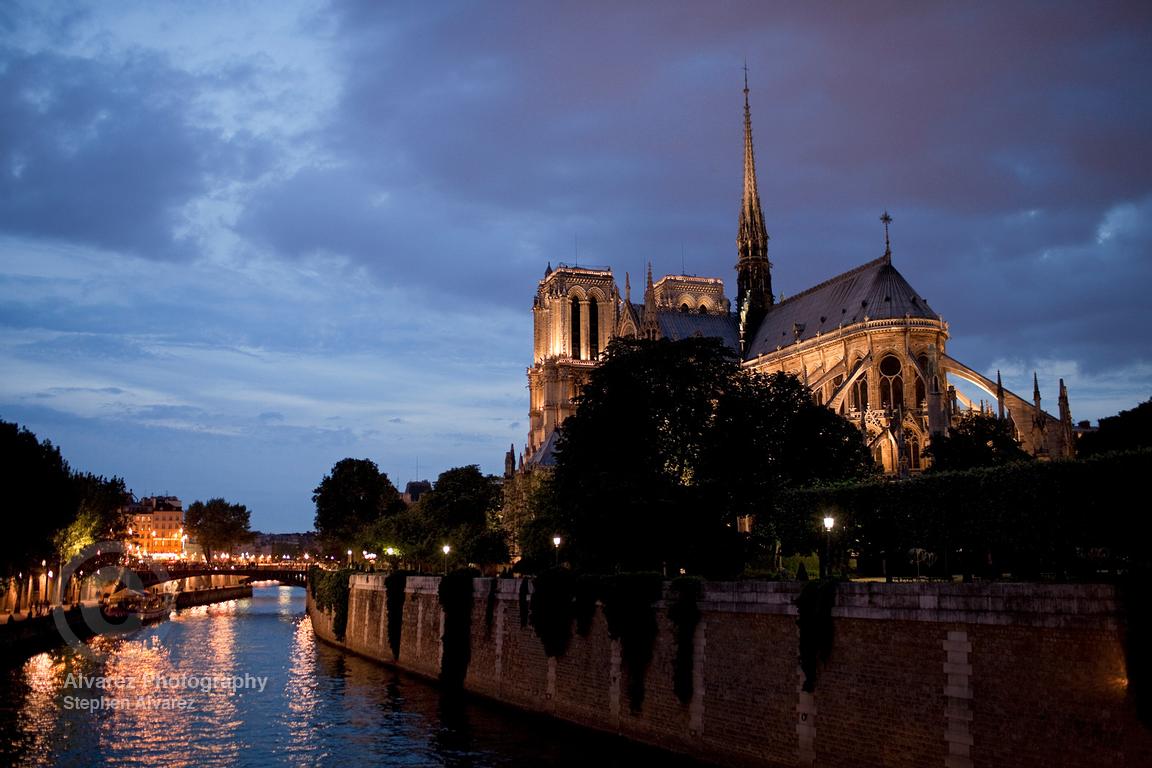The Ancient Art Archive all grows out of a National Geographic Magazine story about paleolithic art. I wrote about that experience for the NG Proof blog and I’ve reproduced that text below. What I couldn’t envision at the time is how images can be repurposed. The model above is constructed entirely of images I shot for a panorama of the lion panel. At the time I had not even heard of photogrammetry or even dreamed of building 3 dimensional models.
-Stephen Alvarez
At our core, people are visual communicators. Nothing has ever confirmed my faith in that like seeing the ancient art in the cave of Chauvet-Pont-d’Arc in Ardèche, France.
Standing in front of a 35,000-year-old painting, every possible thing separates me from that painter. We share no language, no culture. The lives of those first European hunter-gatherers are so far removed from mine that they are unimaginable. An abyss of time yawns between us, yet the images on the wall transcend time, erase barriers, and let those artists speak as clearly as if we were in the same room. The connection with the ancient artists is visceral. It is a magic that no other form of communication can manage. Entering Chauvet is like entering a time machine.
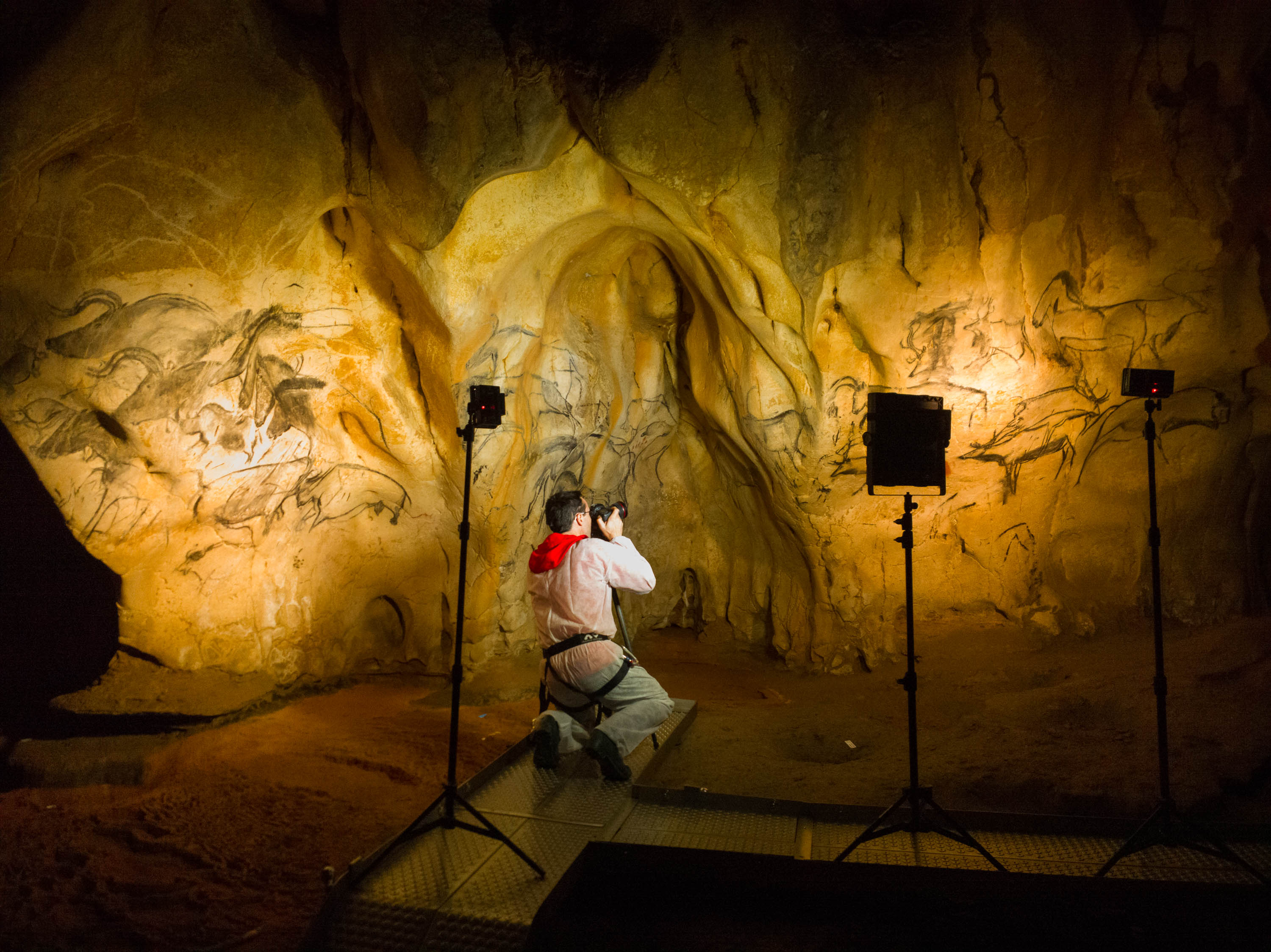
Twenty-two thousand years ago, the entrance that overlooked the Ardèche Gorge collapsed, sealing the cave. Nothing entered and nothing changed until 1994 when three cavers shimmied through a tiny crack and rediscovered the chambers and their art. Except for a metal walkway installed to protect the cave floor, and a heavily monitored submarine door to keep out the curious, it remains exactly as it was in Paleolithic times.
Preparing to photograph in Chauvet, I thought carefully about what my role should be. I am the only non-scientific photographer to shoot Chauvet this decade. It’s closed to all but a handful of researchers. That knowledge gave me a tremendous sense of responsibility. It also left me with a strong feeling of connection to those Paleolithic artists. I wanted to photograph the paintings in a way that let the original artists’ voice come through while also preserving the sense of what it is like to stand in front of that art.
Some of the power of the paintings is derived from where they are, deep inside the cave, surrounded by darkness. The artists used irregularities in the cave wall in a highly sophisticated way, and I tried to accentuate that fact. Curtains of rock reveal processions of animals, and as lights move—as surely flickering firelight would have—the animals come and go. Reindeer, horses, lions, bulls, and rhinos move through that shadow world.
Choosing to put those paintings underground might say something about the artwork’s importance to its creators. Even today caves are dangerous places—there are holes in the floor, tight squeezes, and no light. It’s easy to get disoriented and not know which way is out. If your light goes out, you are stuck. Most impressively, at the time the painters were working in Chauvet they were not alone underground. Chauvet is littered with the bones of 12-foot-tall, 1,100-pound cave bears. These huge creatures are comparable in size with modern grizzlies. The artists never knew what was lurking in the darkness.
The idea for this story, “The Origins of Art,” started in 2010 when I saw the replica of another famous paleolithic cave—Lascaux, in southern France. I was floored by the sophistication of the art reproduced there. It made me think that we have been people—in the sense of how our brains are wired—a lot longer than I’d imagined. That begged more questions: “When did we become people?” “When did our brains start to work in a modern way?” “What’s the first evidence of modern thought—of creativity, of symbolism?” Those questions became “The Origins of Art.”
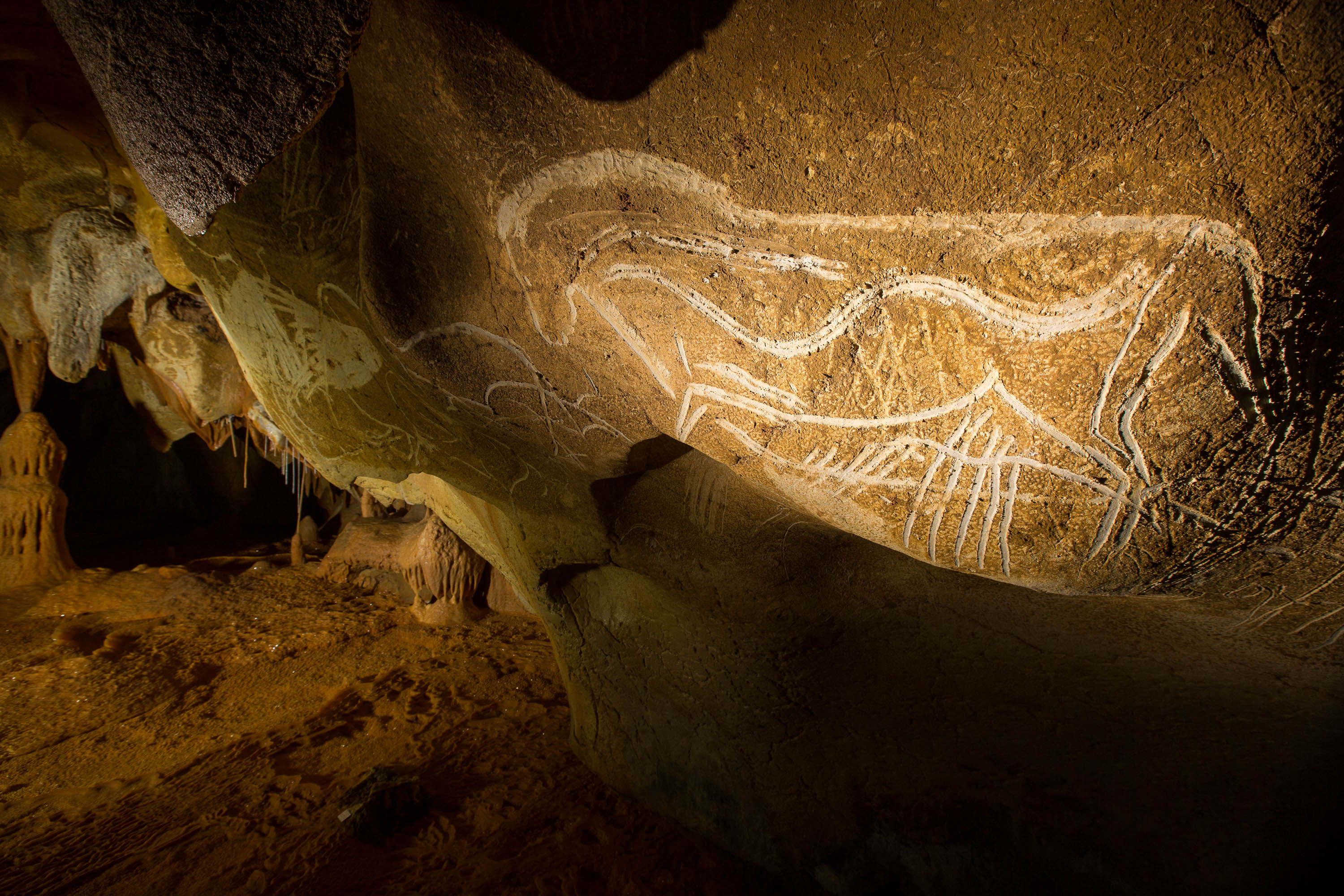
My editor, Kurt Mutchler, and I started lists of places we thought were important and would make good photographs; archaeological sites on the southern coast of Africa, the great cave paintings of Europe. Chauvet was high on that list so we petitioned the French Ministry of Culture for access. It took two years of asking. In the end I was granted access for a total of six hours.
I’ve spent much of my career photographing underground so I knew what to expect. I brought LED cinema lights to light the art—they emit no heat or ultraviolet radiation that would damage the paintings. They also set up quickly—important since we were limited to three trips, of two hours each. Two hours from entering the submarine door to when we exited. It wasn’t much time.
The first trip was a blur—it was so overwhelming being there. Accompanied by the curator, and a conservator, we took a tour of all the art. I shot a lot of photos in those first two hours but all I really accomplished was recording what was on the walls. It wasn’t until the second and third trips that I felt I was able to make photographs that said something about the relation of the art and the cave.
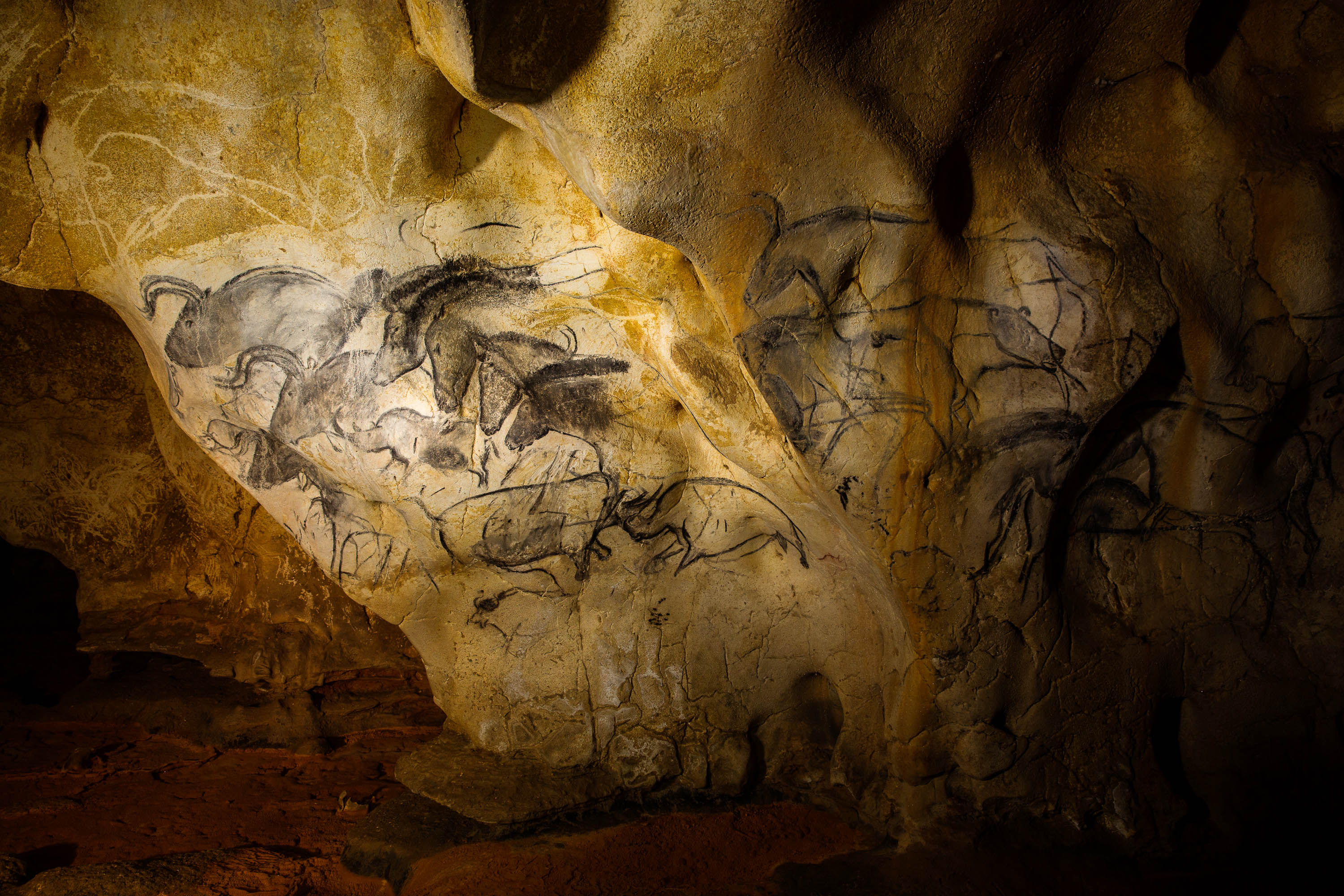
On the second day I arrived with a plan. We went straight to the Horse Panel. While my assistant, Robbie Shone, set up lights, the conservator and I went to the lower section of the cave and scouted the Lion Panel to see if I could shoot a panorama. The plan worked well. By the time we emerged, Rob had the lights in place in front of the horses and I got to work.
Being underground is temporally distorting. There is no moving sun, no clocks on the wall, no bird songs or traffic noise. And I was acutely aware of my two-hour time limit. I asked the conservator to call out time every ten minutes once I started shooting so I would know how long I had left to compose. 1 hour, 30 minutes; 1 hour, 20 minutes; 1 hour, 10 minutes—time ticked by in seemingly irregular intervals.
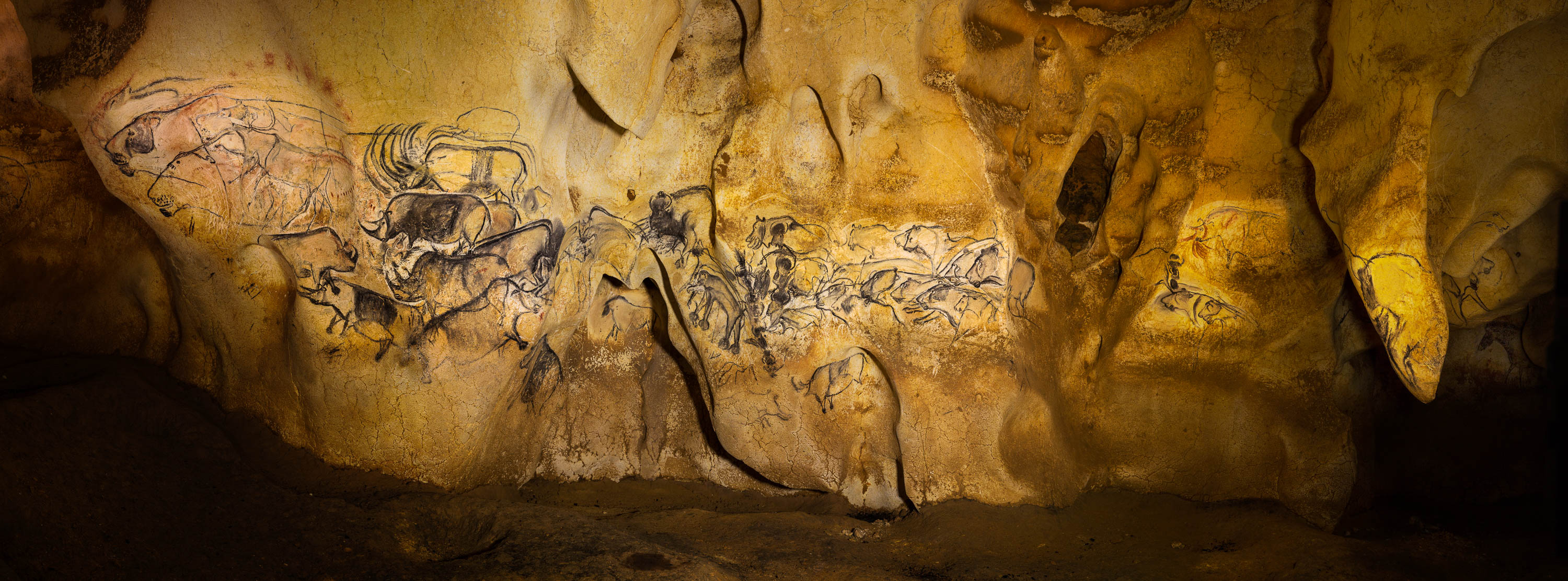
The third day we repeated the process with the Lion Panel. I’d worked out where on the narrow metal walkway Rob would stand, and where I would put my tripod and lights. Again, the conservator called time as I shot the frames that we would later stitch together into a panorama. The whole time I was amazed by the clarity of the paintings.
The paintings in Chauvet are 20,000 years older than the first Paleolithic cave art discovered, the bulls of Altamira. It’s extremely sophisticated and it upends our ideas about the development of human society.
And although the artists’ message is lost, it clearly was something profound enough to take tremendous risks to say. That is the beauty of visual art. It is durable. It transcends time in a way that language cannot. How many of us can understand Sanskrit? Sumerian? On the timeline of human history those languages were spoken practically yesterday, yet they are lost to all but a few scholars. Visual art survives the gulf of time. As a photographer, that knowledge thrills me.
There are limited edition prints from Chauvet (Chauvet Limited Edition Prints). Sale of the prints helps support the Ancient Art Archive.
